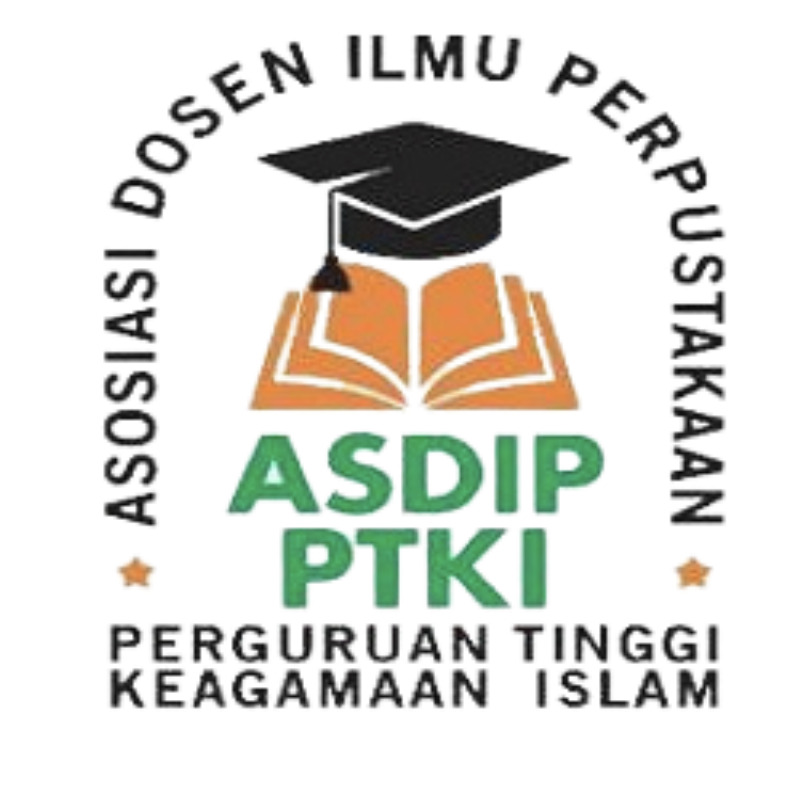Information Literacy As An Implementation Of Tabayun Concept In Islam
DOI:
https://doi.org/10.29240/tik.v5i2.2866Keywords:
Information Literacy, Tabayyun, Disinformation, Information Technology.Abstract
Downloads
References
BBC. (n.d.). Internet used by 3.2 billion people in 2015 - BBC News. Retrieved September 9, 2021, from https://www.bbc.com/news/technology-32884867
Doyle, C. (1994). Information literacy in an information society : a concept for the information age. 80.
Eisenberg, M. B., Lowe, C. A., Spitzer, K. L., & Spitzer, K. L. (2004). Information literacy : essential skills for the information age. 408.
Ibrahim, D. (2016). Metodologi Penelitian dalam Kajian Islam (Suatu Upaya Iktisyaf Metode-Metode Muslim Klasik). Intizar, 20(2), 247–266. https://doi.org/10.19109/intizar.v20i2.432
Information Literacy Competency Standards for Higher Education. (n.d.). Retrieved September 9, 2021, from http://www.ala.org/acrl/standards/informationliteracycompetency.
Jaeger, P. T., & Taylor, N. G. (2021). Arsenals of Lifelong Information Literacy: Educating Users to Navigate Political and Current Events Information in World of Ever-Evolving Misinformation. Https://Doi.Org/10.1086/711632, 91(1), 19–31. https://doi.org/10.1086/711632
Khan, M. L., & Idris, I. K. (2019). Recognise misinformation and verify before sharing: a reasoned action and information literacy perspective. Https://Doi.Org/10.1080/0144929X.2019.1578828, 38(12), 1194–1212. https://doi.org/10.1080/0144929X.2019.1578828
Koohang, A., & Weiss, E. (2003). Misinformation: Toward Creating a Prevention Framework.
Lewandowsky, S. (2019). The ‘Post-Truth’ World, Misinformation, and Information Literacy: a Perspective From Cognitive Science. In Informed Societies (pp. 69–88). Facet. https://doi.org/10.29085/9781783303922.006
Parrott, J. (2018). Finding Truth in the Age of Misinformation: Information Literacy in Islam. Yaqeen Institute for Islamic Research.
Rangkuti, C. (2016). _____________________ Sekolah Tinggi Agama Islam As-Sunnah Deli Serdang Implementasi Metode Bayani, Burhani, Tajribi Dan ‘Irfani Dalam Studi Filsafat Pendidikan Islam. Jurnal Waraqat, I(2), 1–12.
Walidah, I. Al. (2017). Tabayyun di Era Generasi Millenial. Jurnal Living Hadis, 2(2), 317–344. https://doi.org/10.14421/livinghadis.2017.1359
Downloads
Published
Issue
Section
Citation Check
License
Authors who publish with Tik Ilmeu : Jurnal Ilmu Perpustakaan dan Informasi agree to the following terms:
- Authors retain copyright and grant the journal right of first publication with the work simultaneously licensed under a Creative Commons Attribution-NonCommercial-ShareAlike 4.0 International License (CC BY-NC-SA 4.0) that allows others to share the work with an acknowledgment of the work's authorship and initial publication in this journal.
- Authors are able to enter into separate, additional contractual arrangements for the non-exclusive distribution of the journal's published version of the work (e.g., post it to an institutional repository or publish it in a book), with an acknowledgment of its initial publication in this journal.
- Authors are permitted and encouraged to post their work online (e.g., in institutional repositories or on their website) prior to and during the submission process, as it can lead to productive exchanges, as well as earlier and greater citation of published work (See The Effect of Open Access).







 This work is licensed under a
This work is licensed under a 